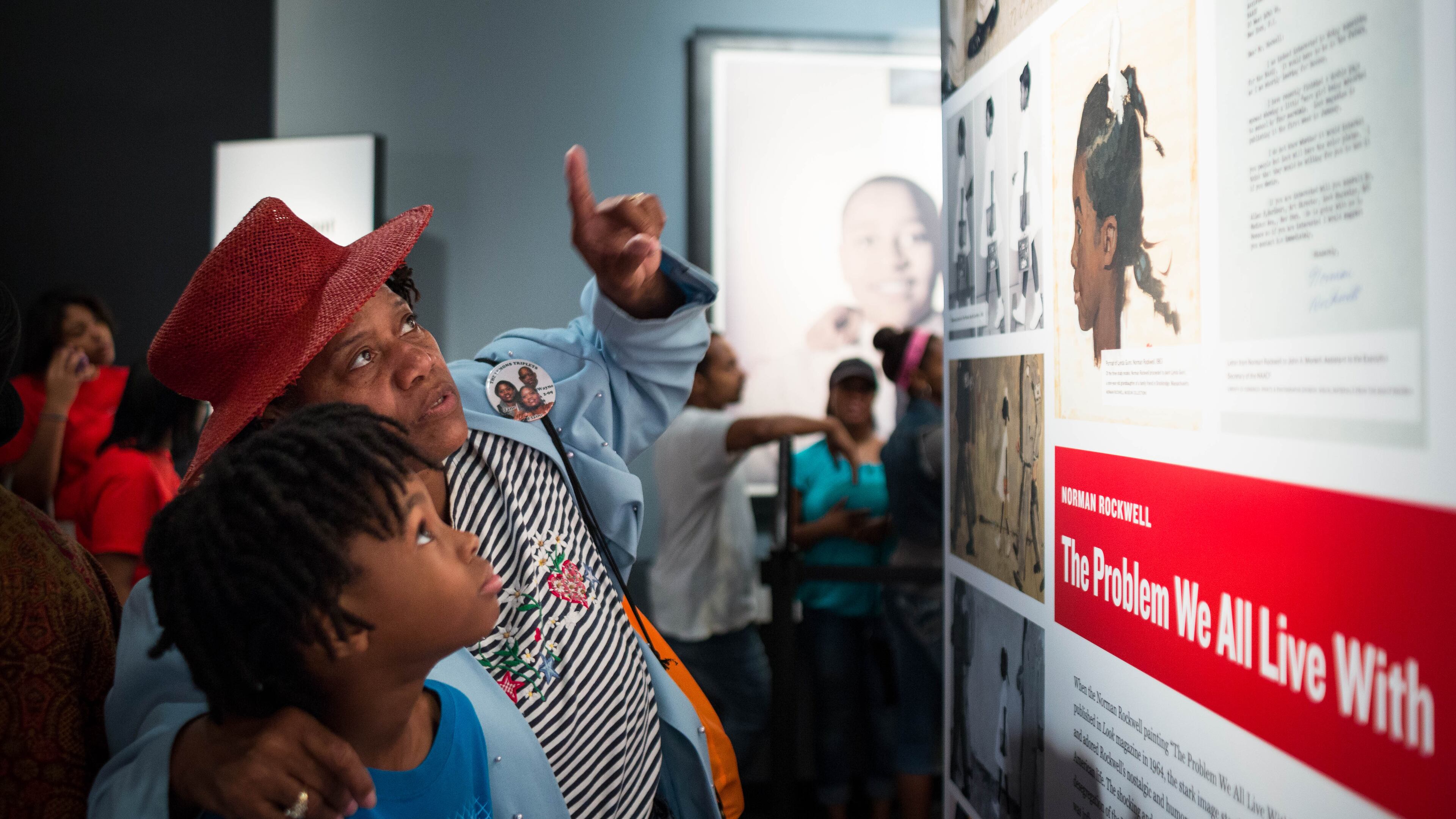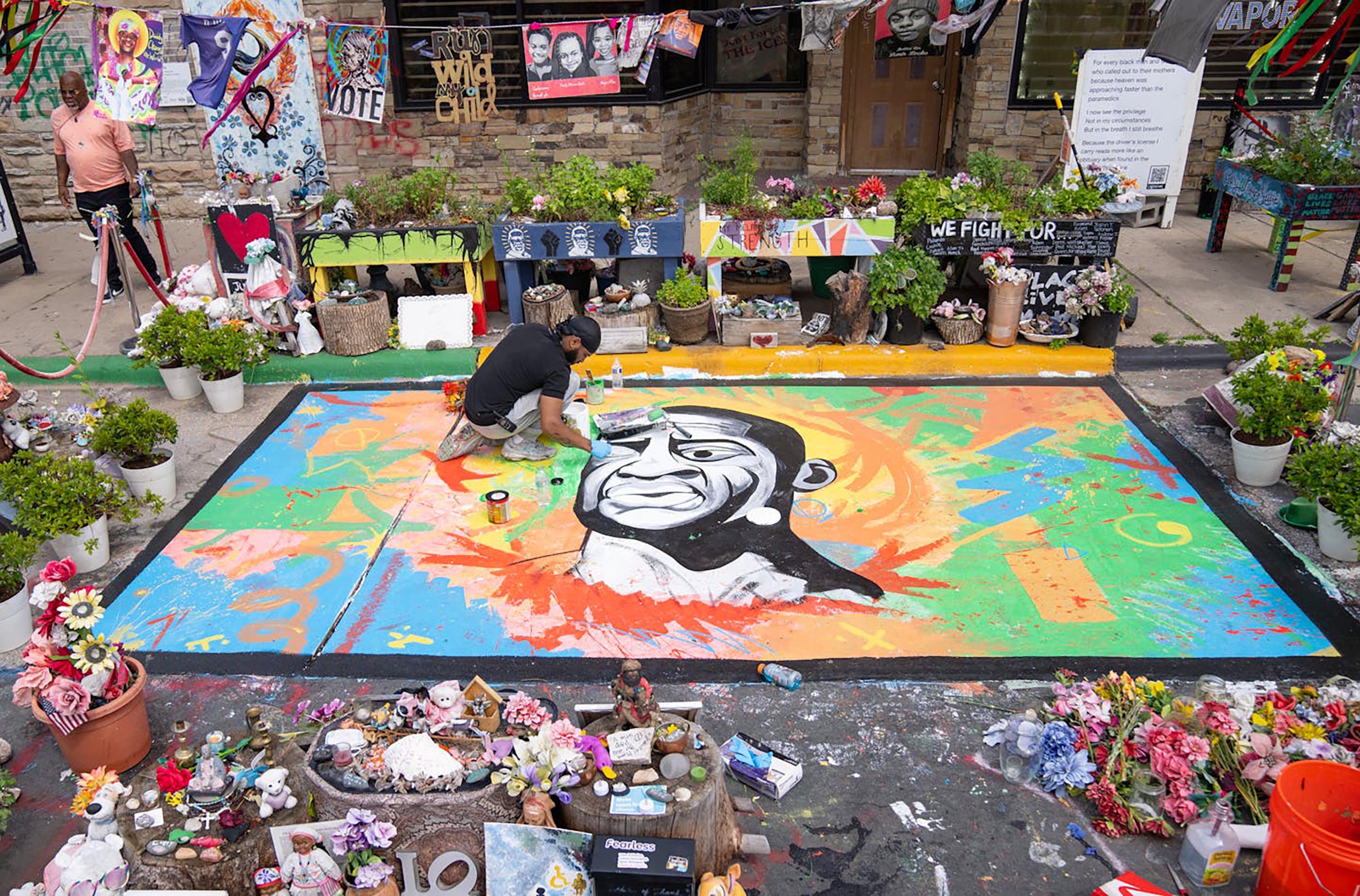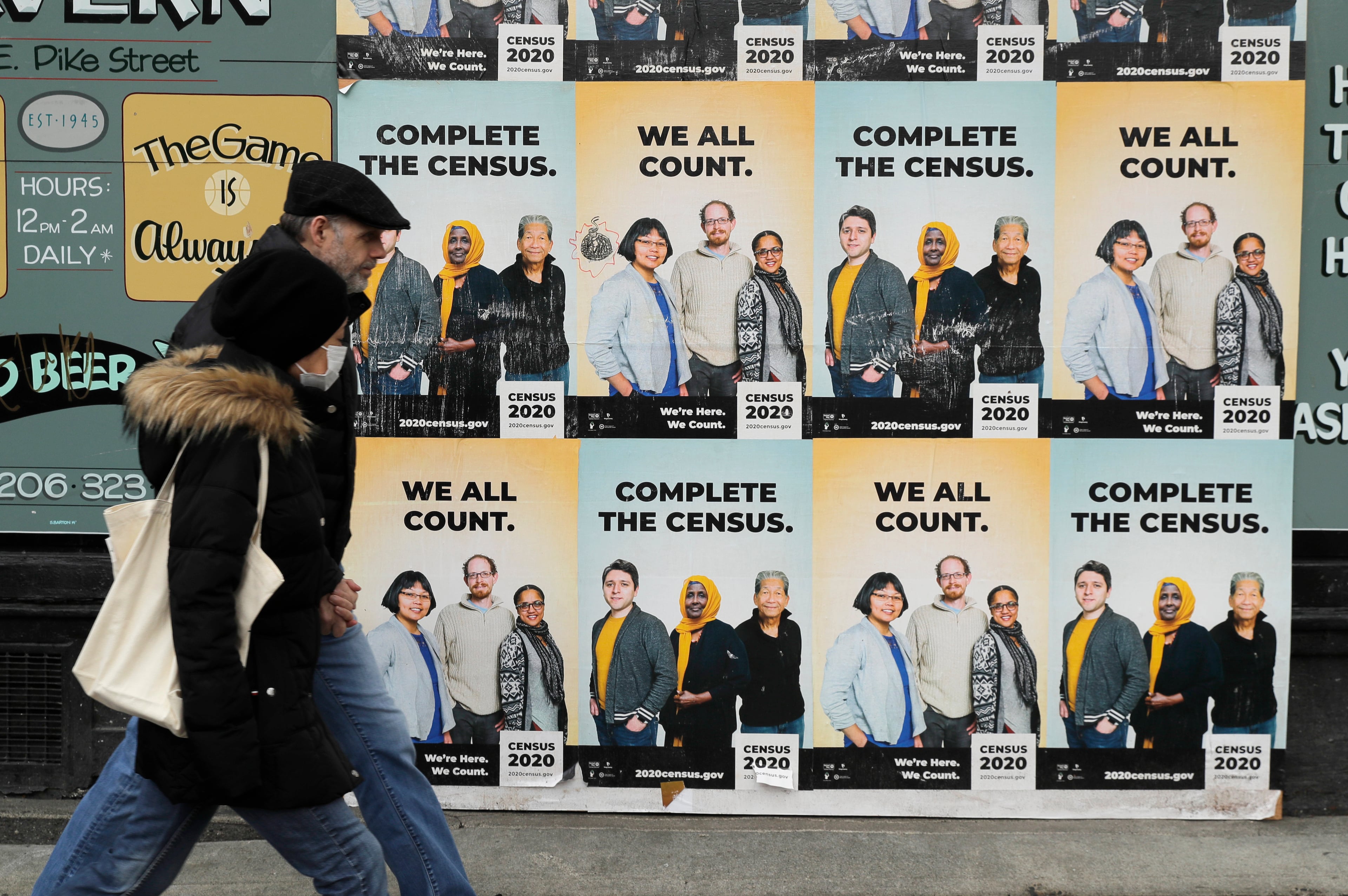Juneteenth celebration invites Americans to tell the truth about U.S. history

On June 19, 1865, freedom finally reached Galveston, Texas, as Union troops arrived to inform the last enslaved African Americans that they were free.
President Abraham Lincoln issued the Emancipation Proclamation more than two years earlier, but in Confederate-held Texas, where federal authority had yet to reach, enslavers simply chose to ignore the law.
Freedom was just a promise on paper until Union forces arrived to enforce it.
Today, we commemorate June 19 as Juneteenth, a celebration of freedom long honored in Black communities and now recognized nationwide.
In 2021, it became a federal holiday with overwhelming bipartisan support.
Congress overwhelmingly supported the Juneteenth holiday
The U.S. Senate passed the legislation unanimously; the House followed with a 415 to 14 vote. President Biden signed it into law, affirming Juneteenth as a national day of remembrance, reflection and resolve.
Until Juneteenth became a federal holiday, many Americans had never heard of it — despite its profound historical significance. The end of slavery was not just a milestone for Black Americans; it was a moral and constitutional turning point for the entire nation — a cause for collective pride.
Juneteenth also matters not only because of what it marked the end of, but because of what it opened the door to: the long, unfinished struggle to turn freedom into reality for all.

In the wake of Juneteenth, the United States embarked on its most ambitious experiment in democracy: the Reconstruction Era (1865–1877).
Under the protection of Union troops and empowered by three new constitutional amendments, newly freed Black Americans built schools, launched businesses, held elected office and began to exercise the full rights and responsibilities of citizenship.
Despite initial civil rights progress, a violent reaction followed
For the first time, Black men could vote — and many did, reshaping the political landscape of the postwar South and redefining what democracy could mean in America.
Unfortunately, this progress was short-lived. Black economic and political success enraged segregationists. When federal troops — and the protection they gave — withdrew from the South in 1877 as part of a political compromise, white supremacists launched a brutal wave of racial terror — lynchings, massacres and the codification of Jim Crow segregation laws.
The goal was to deny Black Americans the rights they had briefly exercised — voting, owning property, holding office — and to reassert white dominance in all sectors of society.
This violence was fueled and abetted by a campaign of propaganda and historical distortion.
With support from white-owned newspapers and sympathetic historians, segregationists began reframing the narrative about Reconstruction. They portrayed it as a failure — saying Black people were incompetent, dangerous and incapable of participating in democracy. They glorified the Confederacy and minimized the horrors of slavery.
This “Lost Cause” mythology hardened into public memory, justifying voter suppression and economic exclusion. It also incited violence on a mass scale, fueling massacres of Black communities in Wilmington (1898), Atlanta (1906), Tulsa (1921) and elsewhere around the country.
During the “Red Summer” of 1919, white mobs attacked Black communities in dozens of cities.
History repeats itself in a pattern of progress-to-backlash

For decades, our national history was buried or distorted. While courageous individuals attempted to expose the truth at the time and in the decades that followed Reconstruction, lasting change would not take hold until the Civil Rights Movement of the 1950s and 60s.
This fall, when the National Center for Civil and Human Rights reopens after its expansion, we will unveil a new gallery dedicated to the Reconstruction Era. It will tell a more complete story of America — one that reveals a persistent cycle in our history: progress on civil rights, followed by backlash.
We present this history not as a closed chapter for one era but as a persistent pattern — one that continues.
It is happening now. In the wake of George Floyd’s murder, a renewed call for racial justice and historical truth swept the country. In familiar fashion, it was met with resistance — this time focused on suppressing history itself.
Across the nation, “divisive concepts” laws have sought to restrict how educators discuss slavery, racism and civil rights. Diversity, equity and inclusion programs have been dismantled in government, schools and businesses.
Government websites have been scrubbed of references to the contributions of minorities and women. Museums and schools are being pressed to tell history only in ways that inspire pride — not reflection.
But that is a false choice. A nation can be both honest about its past and proud of its progress.
Real patriotism does not ignore history’s painful chapters; it learns from them. National greatness is not built on myths of perfection but on the courage of those who have pushed this country closer to the ideals outlined in our founding documents.
How best to celebrate Juneteenth in 2025
This Juneteenth, don’t just take a day off. Use this holiday as an opportunity to understand our history — with all its pain and promise. Seek books, documentaries and visits to sites that hold historical significance. Talk openly with family and friends about where we’ve been and where we still need to go.
Talk openly with your family and friends about where we’ve been — and where we still need to go. A few short, powerful readings to consider: the Gettysburg Address, the Emancipation Proclamation and Dr. Martin Luther King Jr.’s Letter from Birmingham Jail.
Let the day be both a celebration and a time of reflection. Because grappling with America’s past doesn’t diminish its greatness — it demonstrates it.
Jill Savitt is CEO of the National Center for Civil and Human Rights based in Atlanta.

